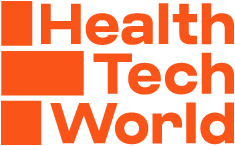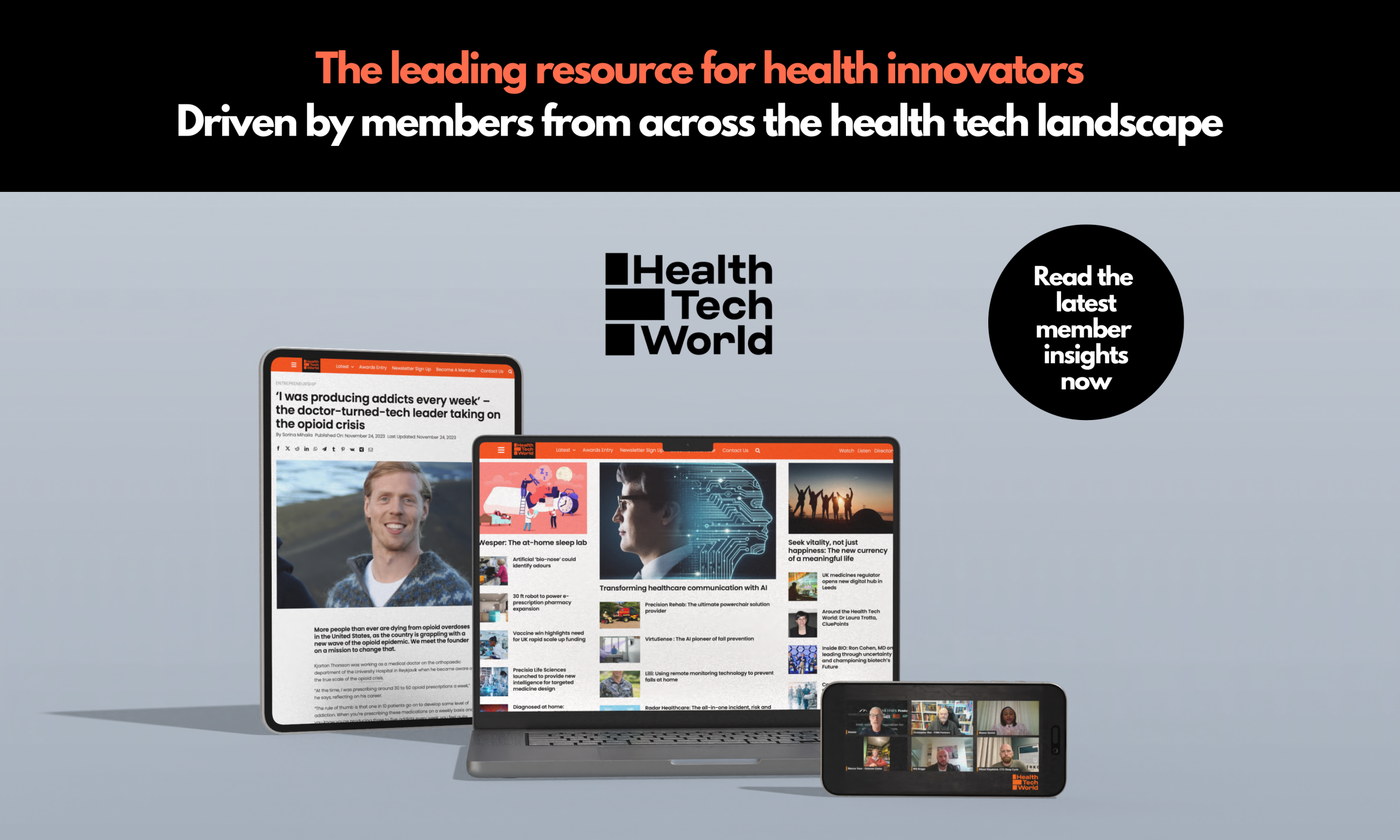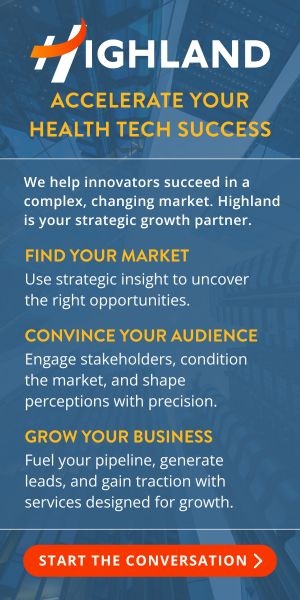Complex operation: The role of digital twins in healthcare efficiency

Christian Hardahl, EMEA Healthcare Leader at SAS, explains how increasingly sophisticated digital twins could transform hospital operations and pave the way for better patient care.
Staffing shortage, wasted medication, delays and waiting lists are just some of the everyday inefficiencies that healthcare professionals are familiar with.
Without urgent reform, these challenges are only going to get worse as demand for healthcare grows, largely driven by an ageing population and the availability of more advanced treatments.
Policymakers recognise the scale of the challenge.
In the latest Fit for the Future plan, they set the NHS a target to ‘deliver a 2 per cent year-on-year productivity gain’ – with digitisation, including artificial intelligence (AI) as an enabler for this.
It follows a pledge made by the government earlier this year to ‘bring the analogue NHS into the digital age’ by reducing red tape and empowering patients.
AI has a growing number of applications in healthcare, from accelerating drug discovery and clinical trials to delivering highly-personalised patient care.
But I believe it also holds enormous promise on the operational side of healthcare, addressing the inefficiencies – and sometimes tedious tasks – that eat into clinicians’ time.
With so many moving parts, especially in hospitals, decision-makers need complete oversight of what’s happening, and the ability to drill into the details to understand the impact of their decision-making.
Only then can they allocate resources in the right areas to deliver a high standard of patient care and reduce waste.
A digital twin is one way to achieve this.
Using AI and other data-driven technologies, it simulates a real healthcare environment, bringing together data on staffing, equipment, room/bed availability and patient demand (e.g. the number of operations booked and expected peak periods).
It also makes it possible to identify bottlenecks in the flow (both patient- and workflow) and uses optimisation techniques to discover where new initiatives or procedure changes will have the biggest impact.
And the big differentiator now is compute power and streaming data engines, which makes it possible to apply algorithms in real time and thereby have digital twins running in parallel with the real world.
As well as helping to identify under-utilised resources and bottlenecks, this technology also supports scenario or stress testing in a controlled way.
In other words, it reduces some of the risks associated with redeploying staff/equipment to other areas or triaging patients in A&E.
Digital twins are nothing new.
In fact, the concept dates back to the 1960s, when NASA used ‘simulators and vehicle modelling’ to manage the Apollo 13 disaster.
More recently though, they have been successfully used in sectors like advanced manufacturing and construction – where, as with healthcare, there are multiple stakeholders, complex operations and timelines, and a high degree of risk.
At SAS, we worked with a US manufacturer, Georgia-Pacific, to develop a simulation of its factory operations.
The company wanted to optimise its processes, including its autonomous guided vehicles (AGVs), by alerting them to any issues in real time.
The photo-realistic imagery, combined with our analytics, enables people to make better decisions without disrupting production.
Also important is the fact that these insights can be understood and acted on by both technical/data experts, as well as frontline staff.
SAS has also been exploring opportunities to use digital twins in healthcare, including a collaboration with Duke Health in the US.
This is still in a development phase but the aim is to create innovative AI-powered tools that will drive healthcare delivery process improvements, ultimately enhancing the quality of care provided to patients.
There are examples of digital twins being trialled in the NHS too, providing clear use cases that can give confidence to other trusts.
Milton Keynes University Hospital ran a pilot project which involved collecting data about room occupancy, where critical medical equipment was located, and people’s movement around the ward.
The data was mapped onto a digital twin, available on both a computer and smart phone, which enabled staff to respond quickly, without disturbing patients.
Advances in AI – including agentic AI which enables autonomous decision-making – could improve the sophistication of digital twins further, opening up more applications in healthcare and other industries.
Today it is possible to build agentic AI workflows into enterprise applications combining proprietary and open-source large language models (LLMs) with deterministic models in decision-making workflows.
This can support healthcare professionals and give them time back to focus more on patients.
For example, document vision and intelligent AI agents can summarise high-impact information, declutter complex records, and simplify information.
This reduces the need for manual reviews and laborious search processes, enhancing productivity and leading to better and more effective patient outcomes from faster identification of care trends and reactions.
With the right safeguards and oversight, agentic AI is a way to not just stress test multiple scenarios but to do so automatically and at speed, using more data captured from hospital operations and patients.
We can see the practical applications of this emerging: appointments scheduled with the most appropriate clinician as soon as the patient receives a referral, and better treatment pathways based on patients’ health data.
This data can be taken from multiple sources too – traditional health records as well as digital wearables that capture sleep patterns, heart rate, blood pressure, glucose levels and more.
All this can form a more holistic view of a patient’s health by creating digital twins of people as well as assets like hospitals, which can work in tandem to deliver better outcomes for the NHS and hit that 2 per cent year-on-year productivity gain.







